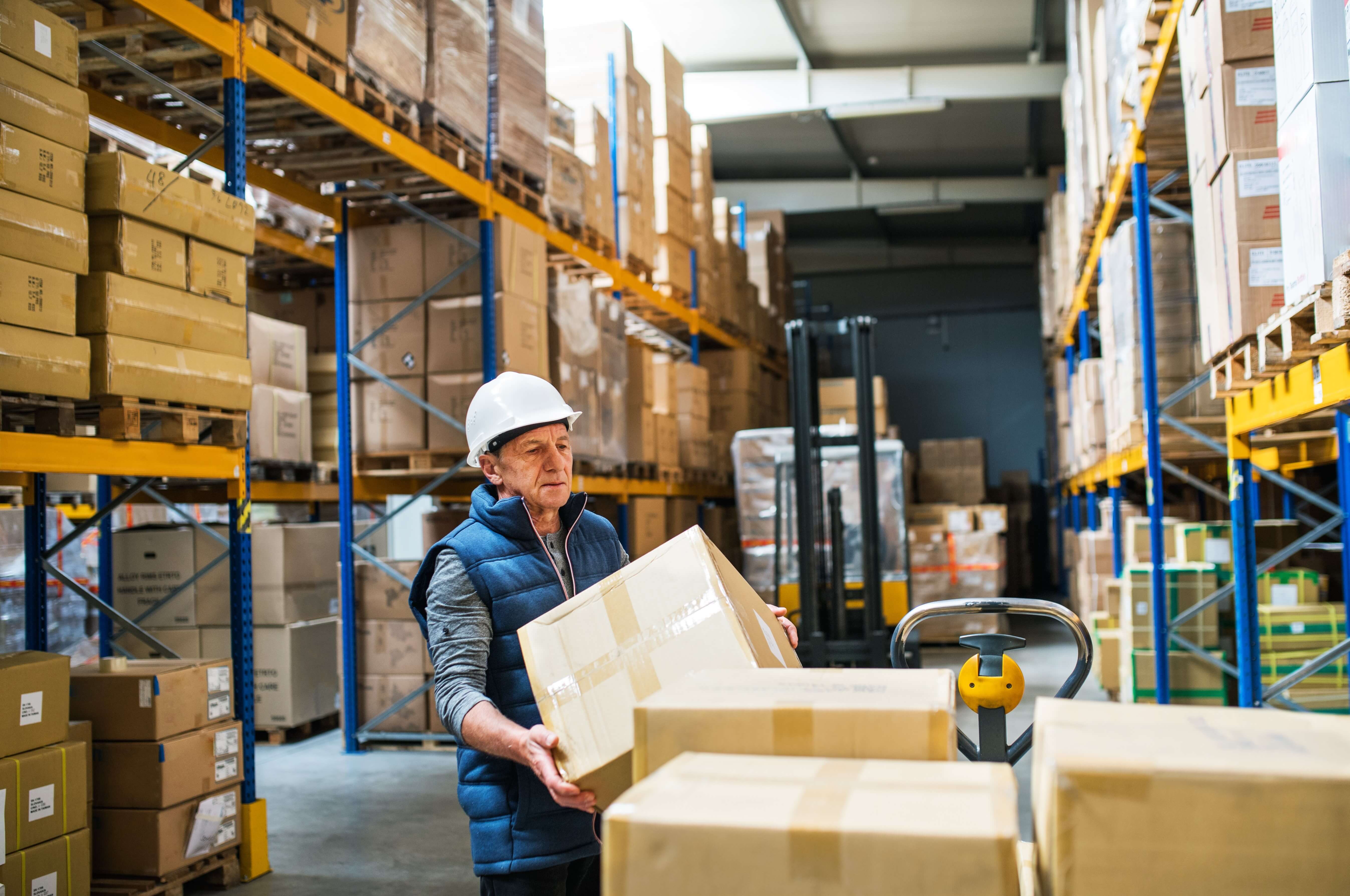This is the question at the forefront of each and every business mind at the moment.
Many employers are asking the following questions:
- How can we bring back employees in the safest way possible?
- What can we do to mitigate risks all around?
- Do we bring back employees or leave them on furlough?
- Do we make employees redundant at this time?
Employees however are asking slightly different questions:
- What do I do if I do not think the workplace is safe?
- If I can only get to my workplace by public transport, must I go in?
- Has my employer really ensured my workplace is safe?
- I have underlying health conditions; will this affect my employment in the near future?

All these questions need careful thought before bringing employees back into the business environment.
The Government guidance as of 13th May 2020 seems to suggest that those employees who do not have the ability to work from home, are now able to return to their place of work.
However, in order to have the ability to do this, employers will have to ensure there are suitable provisions in place.
Both the employer and employee must have each other’s best interests at heart, as well as their own.
- Employers should be contemplating whether they need the employees to return or not, if they are able to perform their day to day tasks at home then they should not be brought back unless they so request, and it is safe to do so.
- The employer should check with the employee how they expect to travel to work and whether this is safe.
- Businesses must ensure that social distancing guidelines are adhered to in their places of work.
- Suitable hygiene stations such as hand sanitizers and extra bins should be provided as well as frequent checks and cleaning of bathrooms and workstations.
- Due to more frequent hand washing there is the possiblity that employees may develop dermatitis so it would be a good idea to have some moisturising cream which can be automatically dispensed.
- Something else to be aware of is how the first aid treatment in an office takes place. A good idea may be to make first aid packs which could include masks gloves and aprons to protect the first aider.
- Routines need to be worked out as to how employees will come into work, how many people can be in the office at once and lift, stairwell and corridor use policies.
Employees need to ensure that they are doing everything within their power to stay as safe as possible and follow their company health and safety policies, including all safe distancing policies.
For those who have underlying health conditions and are shielding this is not even a option, they should not be attending work and the employer should ensure this. These people can be kept on Furlough Leave while the scheme is in place.
When using public transport, employees should be aware of the risks and all passengers are now required to wear a face covering.
The most important thing to remember is that we all have a a legal duty, as well as a moral duty, to do everything within our power to stay safe and protect others.

Today’s blog has been written by the newest member of the DOHR team, Samuel Dytch.
Samuel joined DOHR in May as an HR Assistant. He is CIPD qualified and has worked for a number of businesses, but has joined DOHR to advance his HR career with practical hands – on exposure to the day to day issues our clients face.




